当前位置:网站首页>Hcip course notes-16 VLAN, three-tier architecture, MPLS virtual private line configuration
Hcip course notes-16 VLAN, three-tier architecture, MPLS virtual private line configuration
2022-07-05 23:29:00 【Fried chicken shop owner Z】
HCIP Course notes -16
MPLS Virtual private line configuration
establish VRF Space
[r2]ip vpn-instance a
[r2-vpn-instance-a]
To configure VRF Space
[r2-vpn-instance-a]route-distinguisher 100:100 — To configure RD value
[r2-vpn-instance-a-af-ipv4]vpn-target 100:1 export-extcommunity — Configure outbound RT
[r2-vpn-instance-a-af-ipv4]vpn-target 100:2 import-extcommunity — Configure inbound RT
[r2-GigabitEthernet0/0/0]ip binding vpn-instance a ---- The interface is bound to the corresponding VRF In the space
[r2]display ip routing-table vpn-instance a ---- see VRF Spatial routing table
[r2]ping -vpn-instance a 192.168.2.1
[r2]ip route-static vpn-instance a 192.168.1.0 24 192.168.2.1 ---- Configure static routing in the spatial routing table
MP-BGP Jianlin
[r2]bgp 1
[r2-bgp]router-id 2.2.2.2
[r2-bgp]peer 4.4.4.4 as 1
[r2-bgp]peer 4.4.4.4 connect-interface LoopBack 0
[r2-bgp]ipv4-family vpnv4
[r2-bgp-af-vpnv4]peer 4.4.4.4 enable
MP-BGP Route Publishing
[r2-bgp]ipv4-family vpn-instance a
[r2-bgp-a]import-route direct
[r2-bgp-a]import-route static
[r2]display bgp vpnv4 vpn-instance a routing-table ---- Look inside the space BGP surface
[r2]display fib vpn-instance a — Look inside the space FIB surface
[r2]rip 1 vpn-instance a ---- stay VRF Start in space RIP process
[r2-rip-1]v 2
[r2-rip-1]network 192.168.2.0
[r4]ospf 2 vpn-instance b router-id 4.4.4.4 ---- stay VRF Start in space ospf process
The three-tier architecture of the enterprise — Suggestions for building an enterprise network
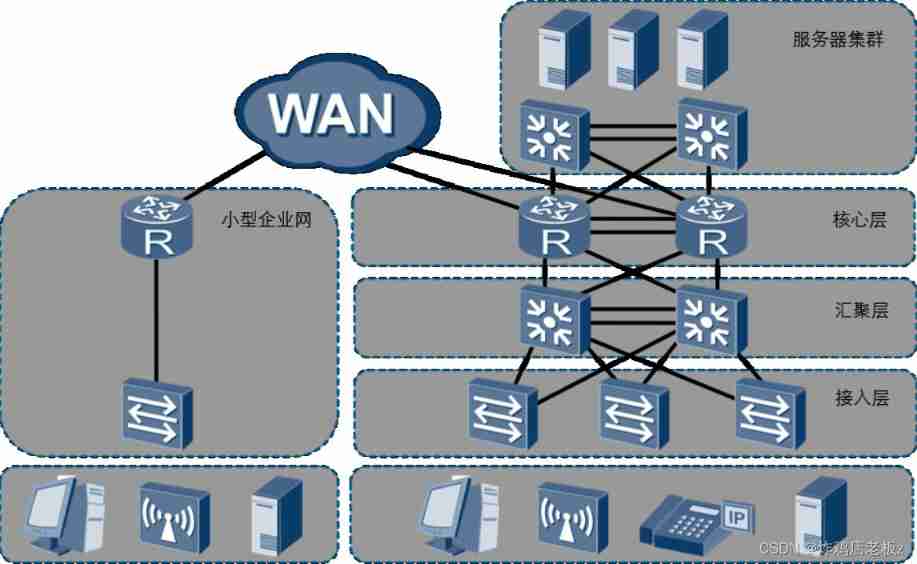
- A park can refer to a factory , The government authority , Office buildings , campus , Park, etc , The networks built in these public places to realize data exchange can be called campus networks . The side of different campus networks - The emphasis may be different .
Wireless is always the last kilometer of wired
- Wireless connections need to rely on wireless devices that can transmit and receive wireless signals , These devices also need to be connected to the network through wired access .
AP — Wireless access point
WLAN — WLAN ---- In a broad sense, it refers to radio waves , laser , Infrared ray, etc. to replace part or all of the transmission media of the wired LAN, all the networks constructed .
Wireless networks are inherently flawed :
Poor signal penetration
Wireless uses Ethernet Technology — Frequency division ---- And the civil wireless network uses
Data transmission in low frequency band , The congenital defect of low frequency band is penetrability
Bad .The transmission rate of wireless network is related to the signal strength , and , His transmission rate refers to the bidirectional rate
1000 / 8 * 0.85 = 106.25
200 / 8 / 2 * 0.85 = 10.625Wireless network transmission efficiency is low , Slower
Conflict domain : The scope of the conflict — A hub is in a conflict domain
CSMA/CD — Carrier sense multiple access / Conflict detection technology WLAN is equivalent to being in the same conflict domain , The wireless technology is used to solve the conflict CSMA/CA
CSMA/CA — Carrier sense multiple access / Conflict avoidance techniques — Its transmission efficiency is higher than CD Lower technology 、
- The wireless device cannot detect the conflict. The reason — The dynamic range of wireless signal strength is very large , Often the received signal strength may be much less than the sent signal strength , This makes it difficult to detect conflicts ( It can increase hardware performance and improve strength )
CA Technology to avoid conflict :
When no message is sent in the listening range , Don't send signals directly , It is ,
Set yourself a random timer first .CSMA/CA The technology adopts stop flow control .
Access layer
- The main purpose is to connect the terminal equipment to the network , Provide access port ---- Generally, layer-2 switches are used ( rely on MAC Address table realizes two layer forwarding )
Convergence layer
- The main purpose is to gather the traffic collected by the access layer , Generally, three-tier switches are used ---- It has a layer-2 interface similar to that used by ordinary layer-2 switches , It also has a three-tier interface similar to that used by routers or computers . The biggest difference between the second floor opening and the third floor opening is whether there is IP Address .
The layer-3 switch can pass through MAC Address table realizes two layer forwarding , Three layer forwarding can also be realized through routing table .
The core of the three-tier architecture of enterprise network — redundancy ---- Backup
Line redundancy
Equipment redundancy
Gateway redundancy
UPS redundancy ---- UPS — Uninterruptible power supply ---- Ensure that the power supply of enterprise equipment reaches 6 individual 9 The usability of .99.9999%
A real three-tier architecture , There must be redundancy .
Core layer — The main function is to complete the rapid forwarding of data between public and private networks . ---- Generally, the router is selected as the core layer device .
VLAN
V — fictitious
LAN — LAN ---- Networks with small geographical coverage
MAN — Metropolitan area network
WAN — Wide area network
LAN — Broadcast area
VLAN — Virtual LAN — After the switch and router work together , The original broadcast domain is logically divided into multiple ;
First step : establish VLAN
[Huawei]display vlan — see VLAN Information
VID — VLAN ID ---- Distinguish and calibrate different VLAN ---- IEEE Organize and issue 802.1Q The standard requires — VID Must be by 12 Bit binary structure . Value range 0 -4095,0 and 4095 Is the reserved number , therefore , The available value range is 1 - 4094
[Huawei]vlan 2 — establish VLAN
[Huawei]vlan batch 4 to 100 — Batch creation VLAN
[Huawei]undo vlan batch 4 to 10 — Batch deletion VLAN
The second step : Put the interface into VLAN
VID Configure the interface mapped to the switch , Realization VLAN Division — First floor VLAN/ Physics VLAN
VID Configure the mapping to data MAC Address , Realization VLAN Division — On the second floor VLAN
VID Configure the type fields mapped to the data , Realization VLAN Division — Three layers VLAN
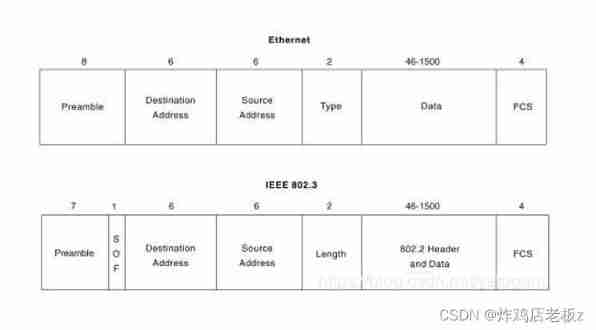
VLAN Can also be based on IP Address division , It can even be done according to the strategy VLAN Divide .
- 802.1Q Standard design VLAN The label of , By 4 Bytes make up , It includes 12 Bit VID, Used to distinguish between different VLAN Of traffic . And add this label to Ethernet Ⅱ Type frame source MAC Between address and type fields .802.1Q The standard stipulates , Frames with labels are called tagged The frame or 802.1Q frame , Frames without labels are called untagged frame
- According to this feature , We call the link between the switch and the computer ACCESS link , also ,ACCESS The interface on the switch side of the link is called ACCESS Interface .ACCESS The link can only pass through untagged frame , also , These frames can only belong to the same VLAN. We call the link between switches trunk link ,trunk The interfaces at both ends of the link are called trunk Interface .trunk The link is allowed to pass through tagged frame , And these frames can belong to multiple VLAN.
The third step : To configure trunk main rd
[sw1-GigabitEthernet0/0/1]port link-type access
[sw1-GigabitEthernet0/0/1]port default vlan 2
[sw1]port-group group-member GigabitEthernet 0/0/3
GigabitEthernet 0/0/4
[sw1-port-group] --- Create an interface group
[sw1-GigabitEthernet0/0/5]port link-type trunk
[sw1-GigabitEthernet0/0/5]port trunk allow-pass vlan all
[sw1]display port vlan active --- Show active vlan Interface status
hybrid — Hybrid interface
Link Type ---- Huawei equipment , The default interface type of all interfaces is hybrid
PVID — Huawei gives every interface , You need to configure a PVID, That is, the interface belongs to VID. All interfaces have not been changed PVID Default PVID The value is 1.
Huawei system regulations : All data entering the switch through the interface , All interfaces must be marked PVID The label of , in other words , All data inside the switch is labeled .
ACCESS Interface
When ACCESS The interface received a message from the link untagged After the frame , Swap opportunities add... To this frame VID Interface for PVID yes tag, Then look at this VID Whether it is in the Allow list , If in , Then for what you get tagged Forward frames .
When tagged The frame goes from other ports of the switch to one ACCESS After a mouth , Then the exchange opportunity checks the data in this frame tag Of VID Whether you are in your allow list , If in , Will tag After stripping, it will be forwarded from the link , If not , Then discard .
If ACCESS The interface received a message from the link tagged After the frame , Then directly look at the target of the data
Sign the VID Whether you are in your allow list , Forward in , No longer discard .
trunk Interface
When trunk The interface received a message from the link untagged frame , The switch first adds a... To the data frame VID by PVID Of tag, Then according to VID View the Allow List , If there is , Then forward , without , Then discard ;
VID stay trunk In the allowed list of , Then forward ( If VID and trunk Interface PVID Phase at the same time , The label needs to be peeled off when transferring out , If not PVID The same label , Then directly transfer out ), If not , Throw away ;
If trunk The port receives a message from the link tagged After the frame , View tag Medium VID, If in the Allow List , Then forward , be not in , Then discard ;
Different interfaces have different modification permissions when customizing the forwarding table .
ACCESS Modify permission of interface
You can modify PVID, You can also modify the Allow List ( however , The Allow list can only have one VID, And it has to be with PVID identical ), The export packaging method is only non packaging .
trunk Modify permission of interface
You can modify PVID, You can also modify the Allow List , The Allow list can be set to more than one VID, Export packaging is only packaging ( and PVID same VID If it is in the Allow list, it is fixed as no label )
[sw1-GigabitEthernet0/0/5]port trunk pvid vlan 2 ---- You can modify trunk Of PVID
hybrid — Modify permission of hybrid interface
You can modify PVID, You can also modify the Allow List , There can also be more than one allowed list VID, The packaging method can also be modified .
[sw1-GigabitEthernet0/0/1]port link-type hybrid
[sw1-GigabitEthernet0/0/1]port hybrid pvid vlan 2 --- modify hybrid Interface PVID
[sw1-GigabitEthernet0/0/1]port hybrid untagged vlan 2 3 4 --- Define allow list
边栏推荐
- UVA – 11637 garbage remembering exam (combination + possibility)
- Idea rundashboard window configuration
- npm ELECTRON_ Mirror is set as domestic source (npmmirror China mirror)
- yate.conf
- CIS基准测试工具kube-bench使用
- The interface of grafana tool displays an error, incluxdb error
- 2.13 summary
- 698. 划分为k个相等的子集 ●●
- 并查集实践
- Initial experience | purchase and activate typora software
猜你喜欢
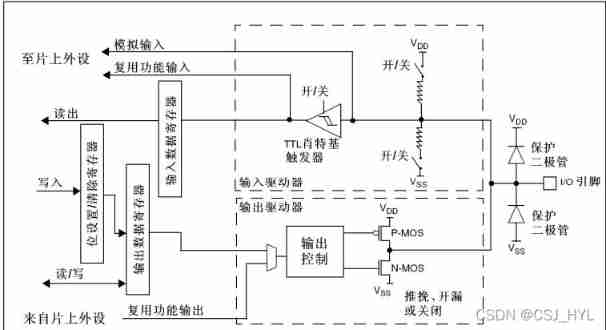
Getting started stm32--gpio (running lantern) (nanny level)
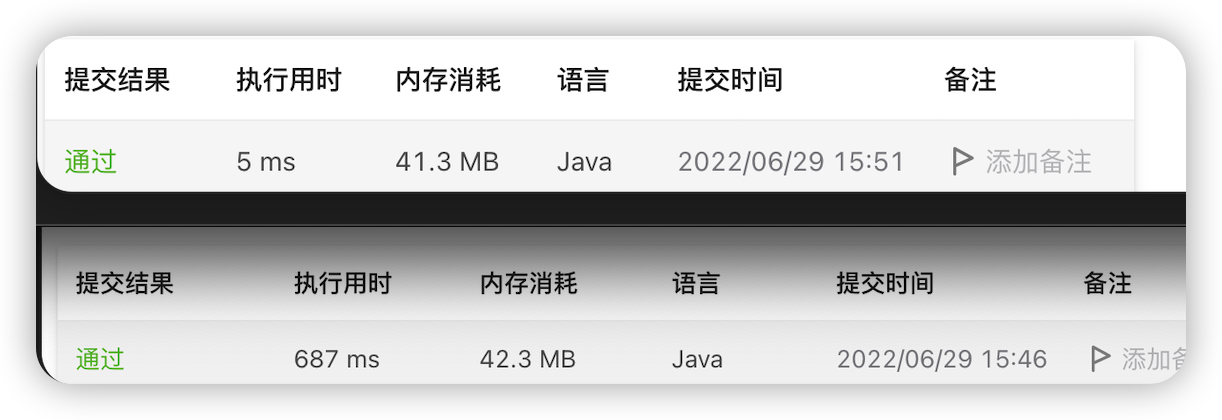
【LeetCode】5. Valid Palindrome·有效回文
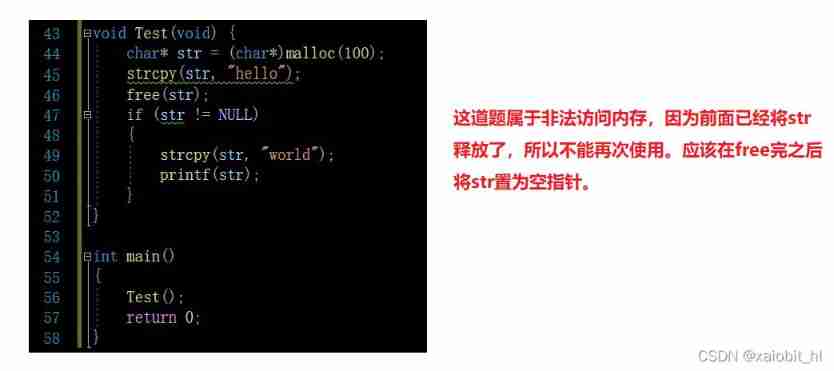
Dynamic memory management (malloc/calloc/realloc)
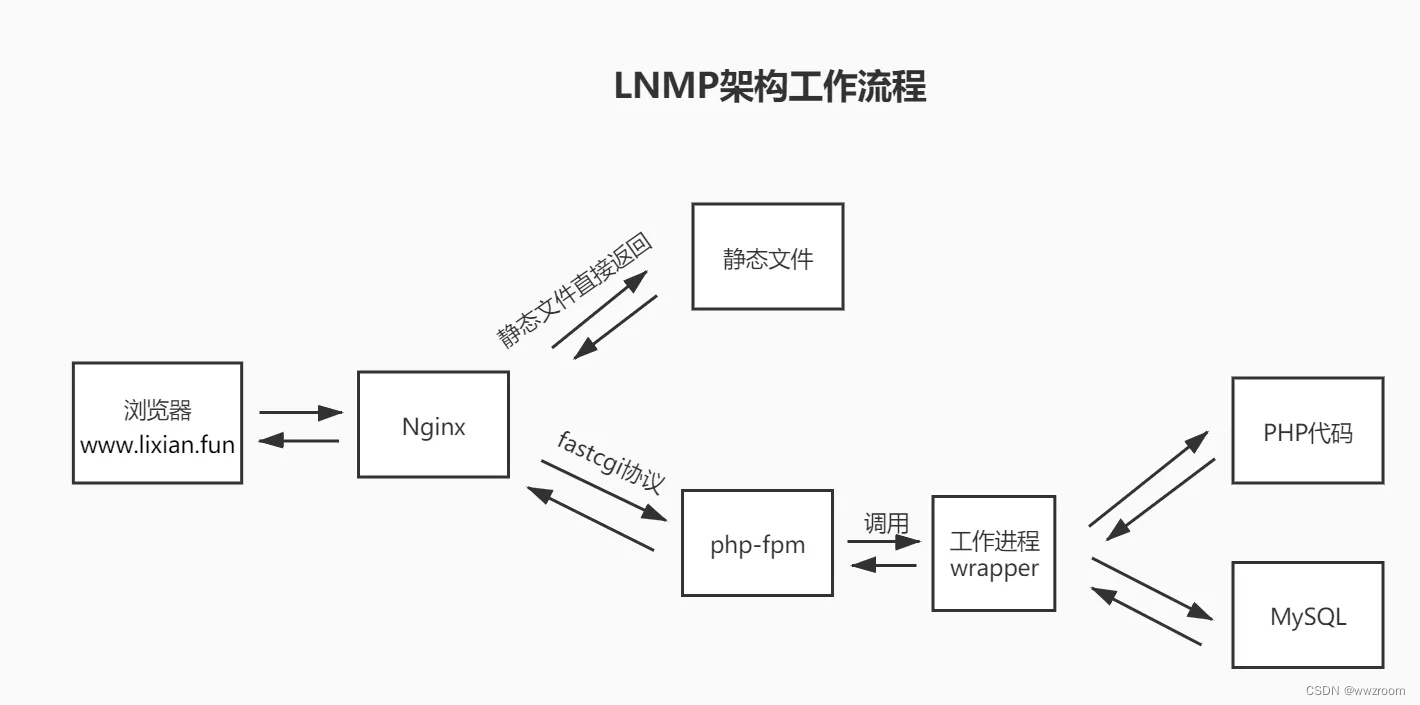
Week 17 homework
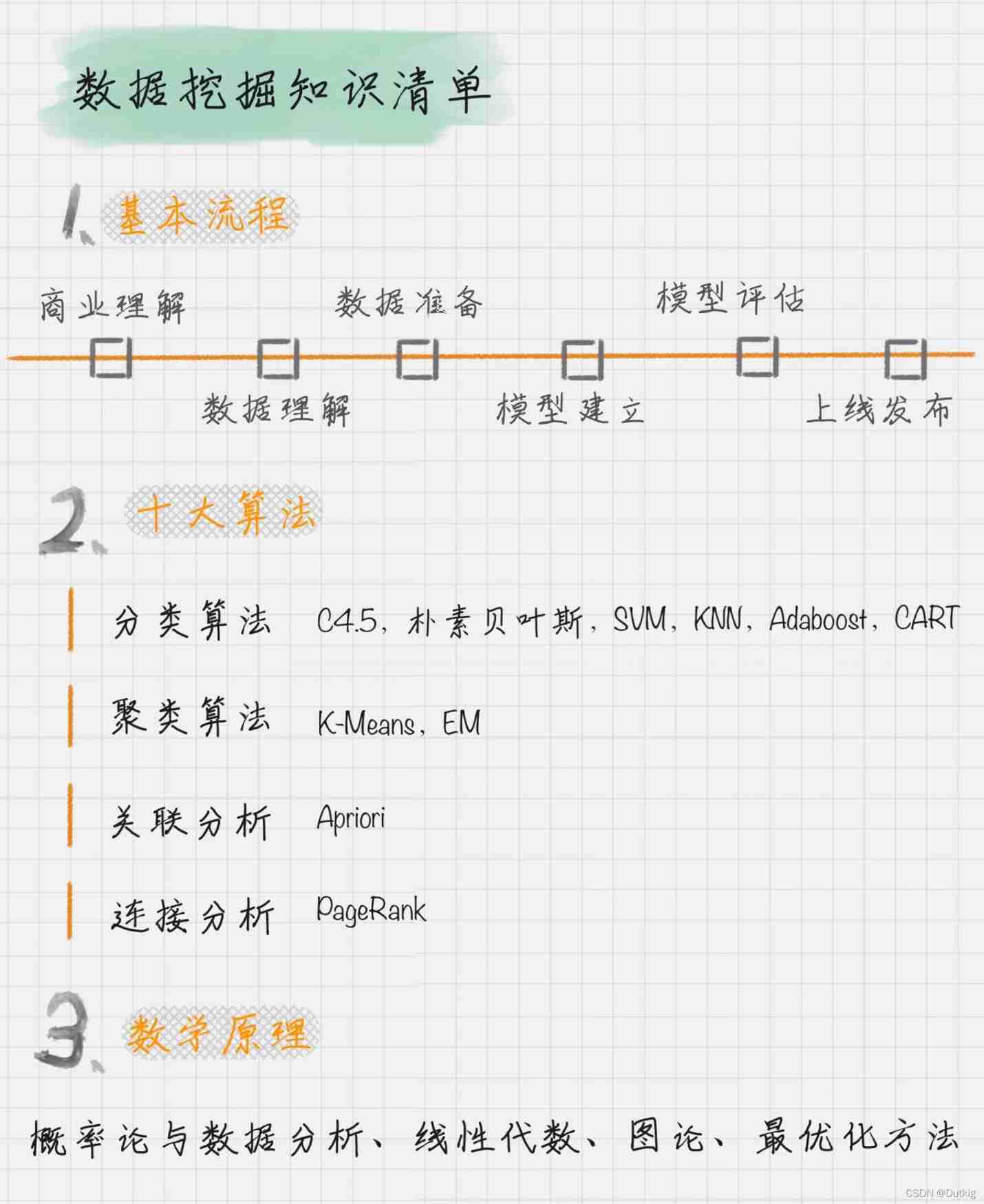
Data analysis - Thinking foreshadowing
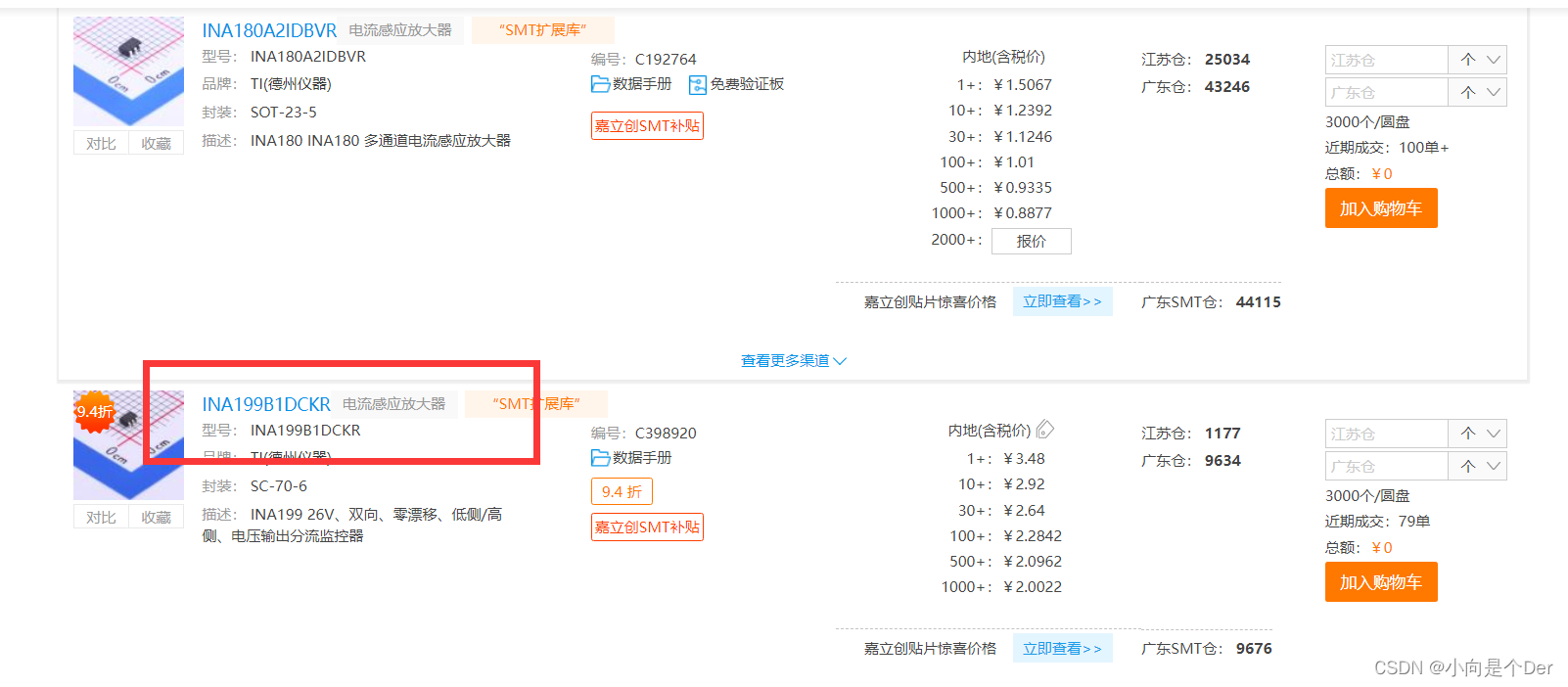
Xinyuan & Lichuang EDA training camp - brushless motor drive

Debian 10 installation configuration

Alibaba Tianchi SQL training camp task4 learning notes
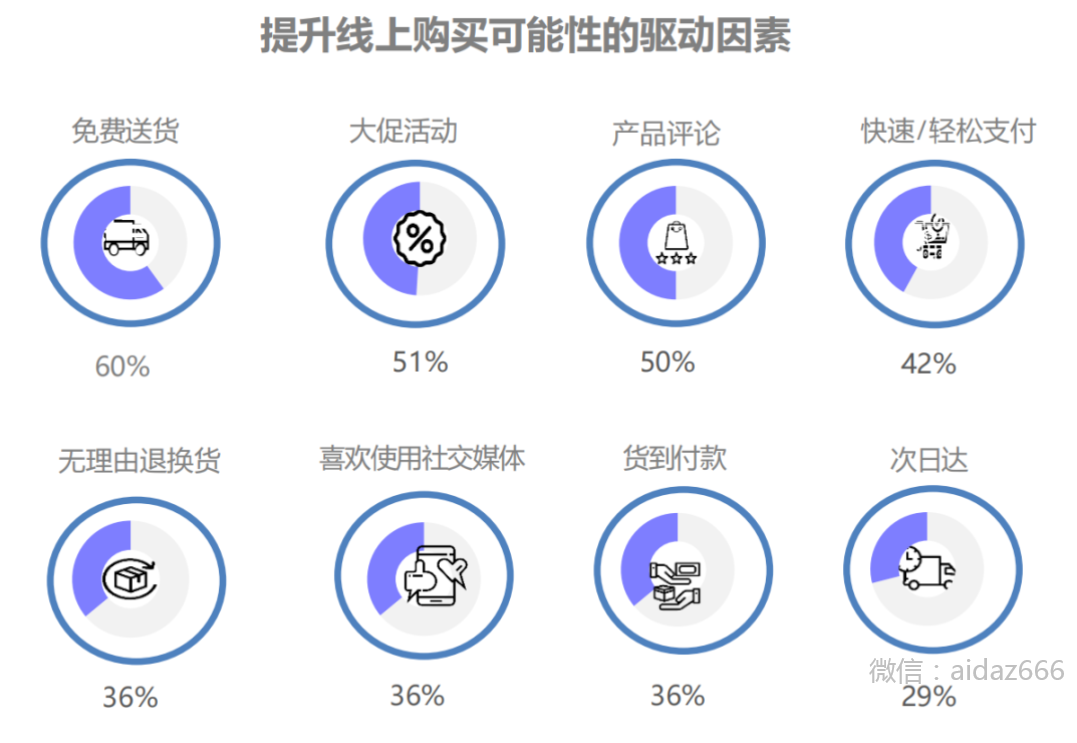
Southeast Asia e-commerce guide, how do sellers layout the Southeast Asia market?

MySQL replace primary key delete primary key add primary key
随机推荐
《牛客刷verilog》Part III Verilog企业真题
Media query: importing resources
Brushless drive design -- on MOS drive circuit
基于脉冲神经网络的物体检测
asp.net弹出层实例
MySQL delete uniqueness constraint unique
golang代码检查工具
(4)UART應用設計及仿真驗證2 —— TX模塊設計(無狀態機)
C Primer Plus Chapter 9 question 10 binary conversion
UVA – 11637 Garbage Remembering Exam (组合+可能性)
Summary of binary tree recursive routines
【LeetCode】5. Valid Palindrome·有效回文
CJ mccullem autograph: to dear Portland
The interface of grafana tool displays an error, incluxdb error
Déterminer si un arbre binaire est un arbre binaire complet
Switching power supply buck circuit CCM and DCM working mode
Neural structured learning - Part 2: training with natural graphs
开关电源Buck电路CCM及DCM工作模式
poj 2762 Going from u to v or from v to u? (infer whether it is a weak link diagram)
(4)UART应用设计及仿真验证2 —— RX模块设计(无状态机)